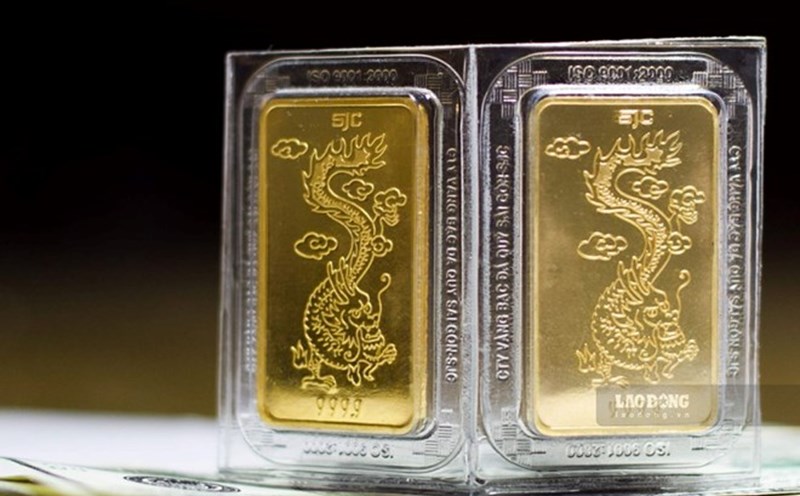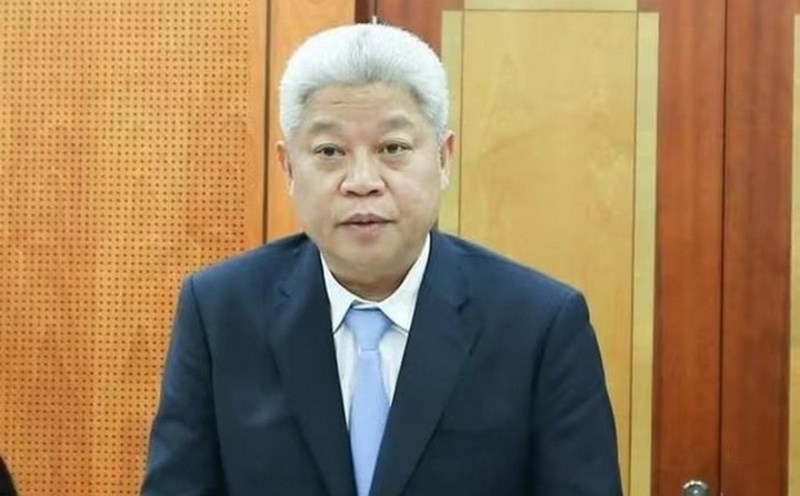Large retention
The Red River Delta Coal Basin was meticulously searched by the Geological Team 904 - General Department of Geology (now Department of Geology - Mineral Resources of Vietnam) in the Khoai Chau and Hung Yen regions and a preliminary survey of coal in the Binh Minh area from 1977-84.
Then, in 1998-2002, Mining Geology Company (now Mining Geology Joint Stock Company - TKV) was assigned to implement the Red River Delta Coal exploration and survey project, part of a cooperation project between Vietnam National Coal Corporation (now Vietnam National Coal - Mineral Industries Group) and the Japan New Technology and Energy Development Organization (NEDO).
In 2016, TKV Mining Geology Joint Stock Company was assigned to organize the construction of the exploration project to serve the testing of Nam Thinh area, Tien Hai district, Thai Binh.
In 2012-2020, the General Department of Geology and Minerals implemented a project to investigate and assess the overall coal resources of the Red River coal tank. This is a coal tank with large coal resources, good quality. However, the issue of many scientists and managers is the conditions for mining and searching for reasonable exploitation technology, ensuring the environment, safe, effective and harmonious with other economic sectors.
The total area of investigation and assessment of coal resources in the mainland of the Red River basin is 2,765km2, located in the provinces: Thai Binh (1,521km2), Hai Duong (435km2), Hung Yen (398km2), Nam Dinh (272km2), Hai Phong (106km2), Ha Nam (33km2)
Based on the search and exploration results at the above locations, the total resources as calculated at - 1,200m are over 5.6 billion tons of level 333 (expected resources) and 24 billion tons of level 334a (expected resources). The coal tank floor contains 5 sections with 80 coal blades, of which 50 blades have industrial value.
However, if we calculate the total number of coal tanks running through many provinces and cities, the total coal resources are forecast to reach 210 billion tons, 20 times the number of Quang Ninh coal tanks and the estimated resources are about 10 billion tons.
In the Khoai Chau area alone, according to Mr. Nguyen Xuan Hue - Deputy Director of Mining Geology Joint Stock Company - the estimated coal reserve is about 1.5 billion tons. At a depth of nearly 200m, coal has been found and gradually deepened, there are locations below 1,000m where coal is still available.
Regarding the quality of coal, the coal here is from the Neogen sediment, with low to medium ash content, low sulfur, high emulsion, low temperature. Coal in the Red River coal tank is browned, not black like coal in Quang Ninh.
reserved
Despite having large reserves of coal, exploitation in the Red River coal tank faces many difficulties due to complex geological and hydrological characteristics. This area has a rich water infrastructure, weak rocks and soil, low connectivity, not suitable for traditional tunnel mining methods like in Quang Ninh.
According to Mr. Nguyen Xuan Hue - Deputy Director of the Red River Coal Basin Geology - Geology Joint Stock Company, the age of the formation is about 20-23 million years, much younger than Quang Ninh (200-250 million years), leading to unsustainable soil and rock. Meanwhile, even in the Quang Ninh mine area, which is already stable, the tunnel under 400m deep is still at risk of incidents due to groundwater.
The feasible exploitation option mentioned by experts is underground coal khiation technology (UCG) - a form of on-site coal combustion at a depth of hundreds of meters to create synthetic gas to surface. However, Vietnam has not yet proactively mastered this technology.
Faced with this situation, the Government has approved the Development Strategy of TKV Group until 2030, with a vision to 2045. Accordingly, TKV is required to promote the application of advanced exploration technology in areas with complex geology and large depths; at the same time, seek suitable technology research partners to explore and exploit the Red River coal tank effectively.












